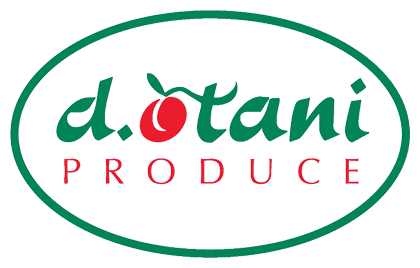Florida’s spring produce crops appear to be on track for a healthy year, rebounding somewhat since the Sunshine State felt the wrath of Hurricane Irma in September 2017.
Florida helps fill the gap in domestic production of several key produce categories, including blueberries, potatoes, cabbage, squash, peaches and watermelon before the summer harvest season arrives in the northern and Midwestern states.
“We do not predict harvest levels, but the shipments we have observed so far this season indicate that the 2019 season should see greater volume shipped than the 2018 season, although not reaching the shipment volumes of seasons prior to Hurricane Irma,” Max Flugrath, press secretary in the Officer of Commissioner Nikki Fried of the Florida Dept. of Agriculture & Consumer Services in Tallahassee, FL, told The Produce News. He added that most of Florida’s fall and winter crops, including tomatoes, sweet corn, Bell peppers and citrus, continue shipping through April/May.
Crops are being aided by the fact that Mother Nature was kind to the state this past winter and early spring.
“Florida was, for the most part, spared any seriously damaging freezing events,” Flugrath said. “Strawberries began shipping later and shipped in lower volume until later in the season, and weather may have contributed to this lag.”
Weather aside, the state’s growers face other geographic and sociopolitical obstacles.
“The Florida farmer is a special breed of person and has to contend with a state that is made up mostly of sand, requiring him to use more fertilizer and nutrients, than do farmers in many other states,” said Chuck Weisinger, founder and chief executive officer of Weis-Buy Farms, based in Fort Myers, FL. “He grows produce out of season starting in the summer, to the fall and then winter, unlike other states that farm into the growing season. He is in competition with explosive residential growth for water and even acreage to farm,” he said, adding that there is also a financial burden.
“A Florida farmer’s cost may exceed $11,000 a net acre for tomatoes, for example, due to the need for constant supervision and application of fertilizer and insecticide,” Weisinger said. “He is tested constantly for this expertise in both usage and application by the state and federal authorities. This may even add to our already tremendous cost per acre. We have been forced to use more technological innovation with increased usage of drones with cameras and electronic sensors to constantly monitor our crops and meter our water usage.”
Nonetheless, farming remains big business in the Sunshine State with Florida being one of the nation’s top agricultural producers.
Florida farmers devote 5,200 acres to blueberries; 8,600 acres to cabbage; 12,000 acres to peppers; 28,700 acres to potatoes; 39,000 acres to sweet corn; 22,000 acres to watermelon, and 28,000 acres to tomatoes.
Florida is neck-and-neck with California when it comes to fresh tomato production, with the two states providing nearly two-thirds of the nation’s acreage.
In recent years, the Florida Dept. of Agriculture & Consumer Services created the Fresh From Florida campaign to raise awareness of the state’s numerous crops.
“To maintain and increase consumer awareness of the brand, a multi-media campaign is launched annually during Florida’s peak growing season,” Flugrath said. “During this time, there are choices available to choose ‘Fresh From Florida’ over an imported product. The media mix includes: television, influencers, in-store ads, social media, digital media along with retail incentives and partnerships with major grocery retailers.”
“Retail includes: print advertising, in-store sampling, premier product placement and digital couponing, such as Ibotta,” Flugrath continued.
“When retailers place items on ad, sales can increase 50–300 percent. We coordinate this advertising to coincide with grocery cart advertising and store signage. We also continue to use social media advertising to raise awareness that certain commodities are ‘available now’ in retail markets.”
The effort is paying off.
“A recent retail partnership with a major grocery retailer for sweet corn showed a 98-percent increase in total corn volume sold during the date range of the promotion,” Flugrath said.
Flugrath added that since 2011, consumer awareness of Fresh From Florida is up 85 percent, retail partnerships are up 100 percent, export partners are up from 18 to 25 and industry participation in trade show pavilions has doubled.

